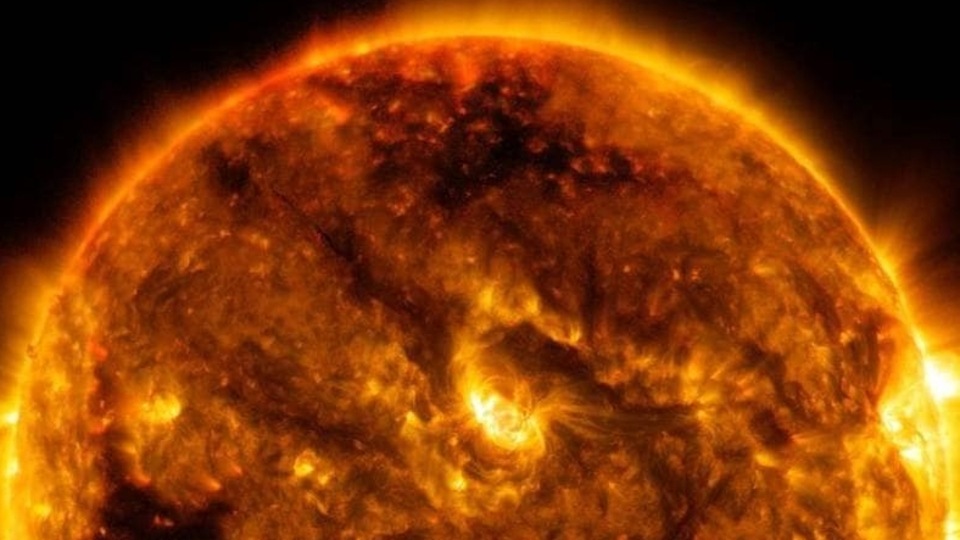NASA: Double solar flare caused radio blackouts in Asia and Australia
An eruption of a sunspot caused a radio blackout in Asia and Australia on April 25, NASA says. The sunspot triggered a double solar flare which disrupted radio communication in parts of Asia and Australia.
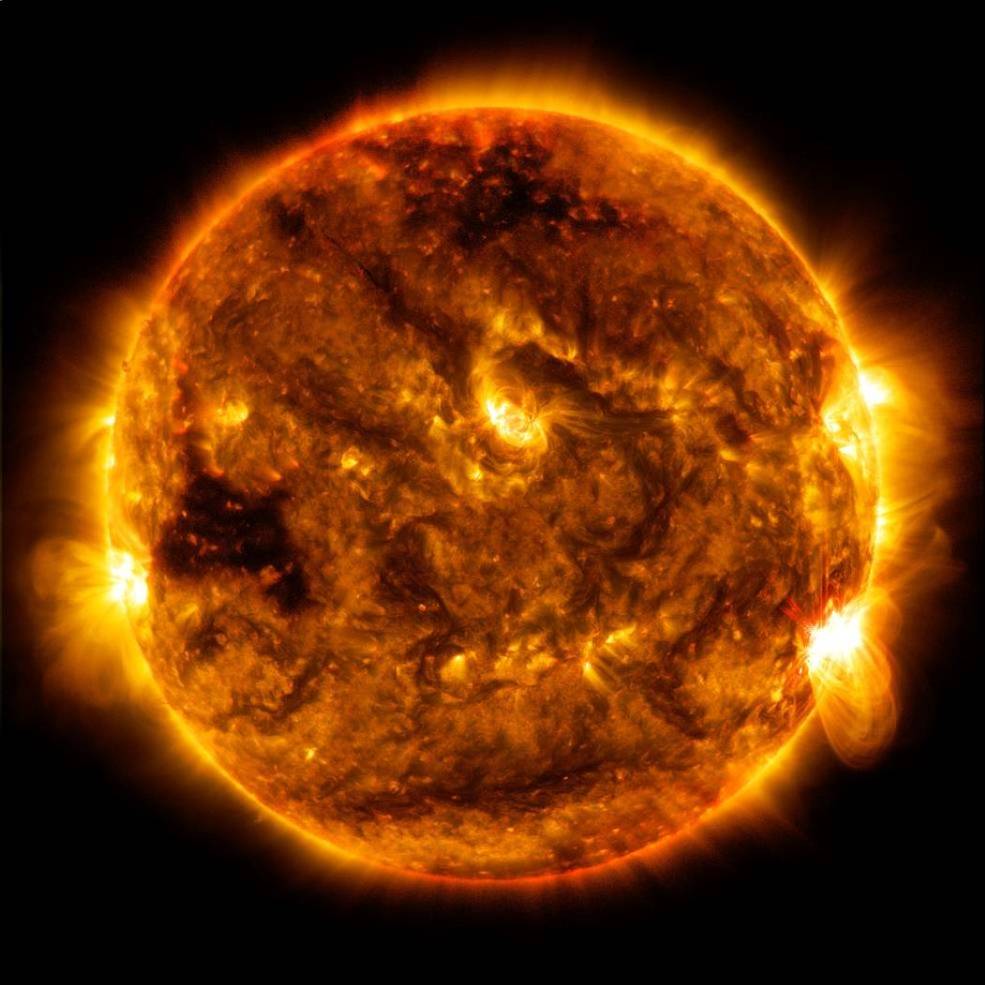
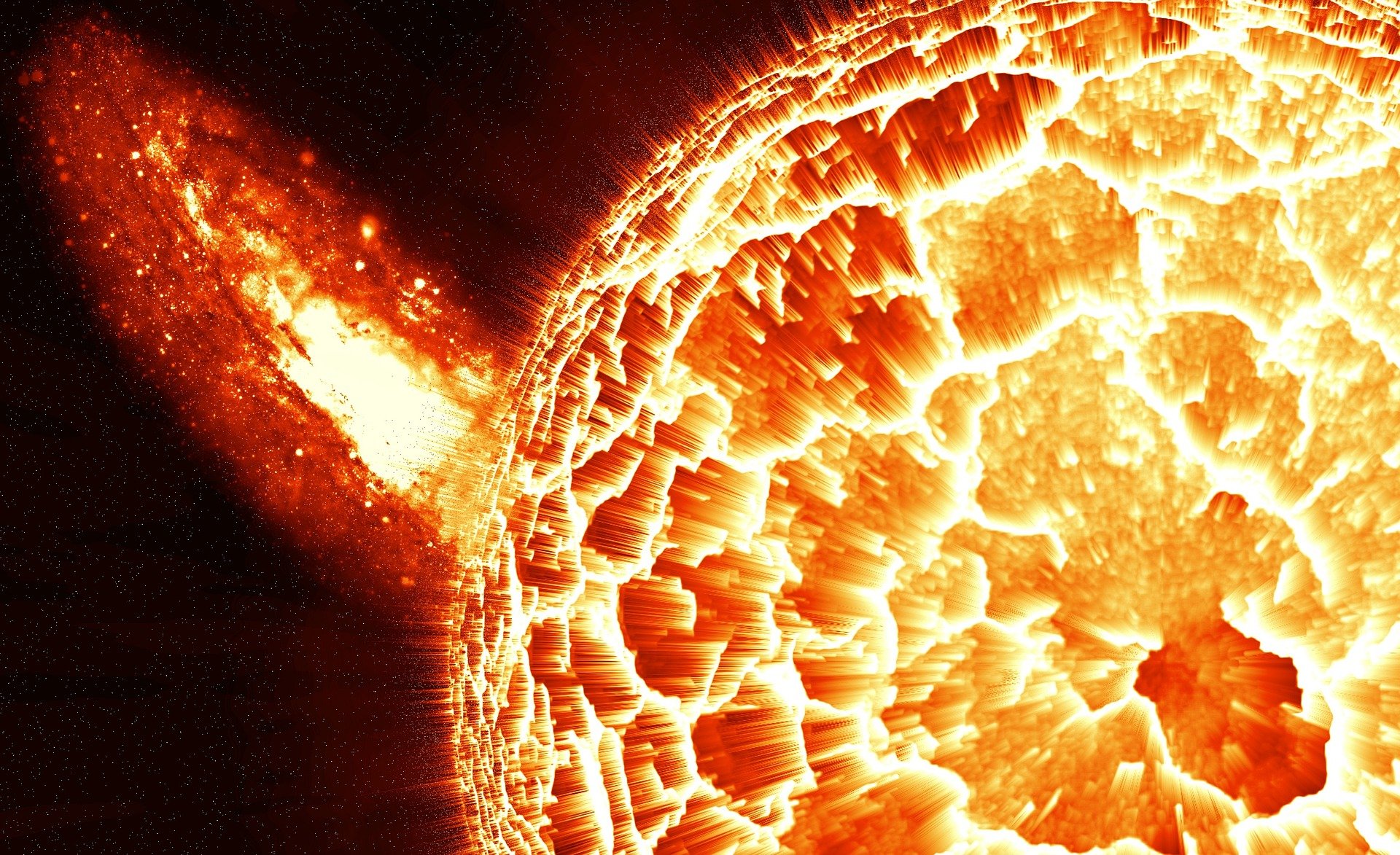
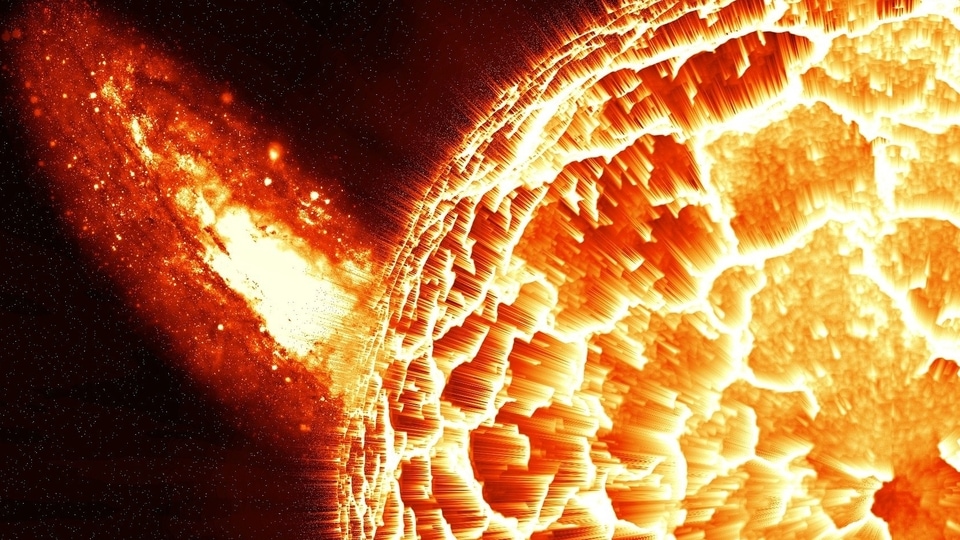
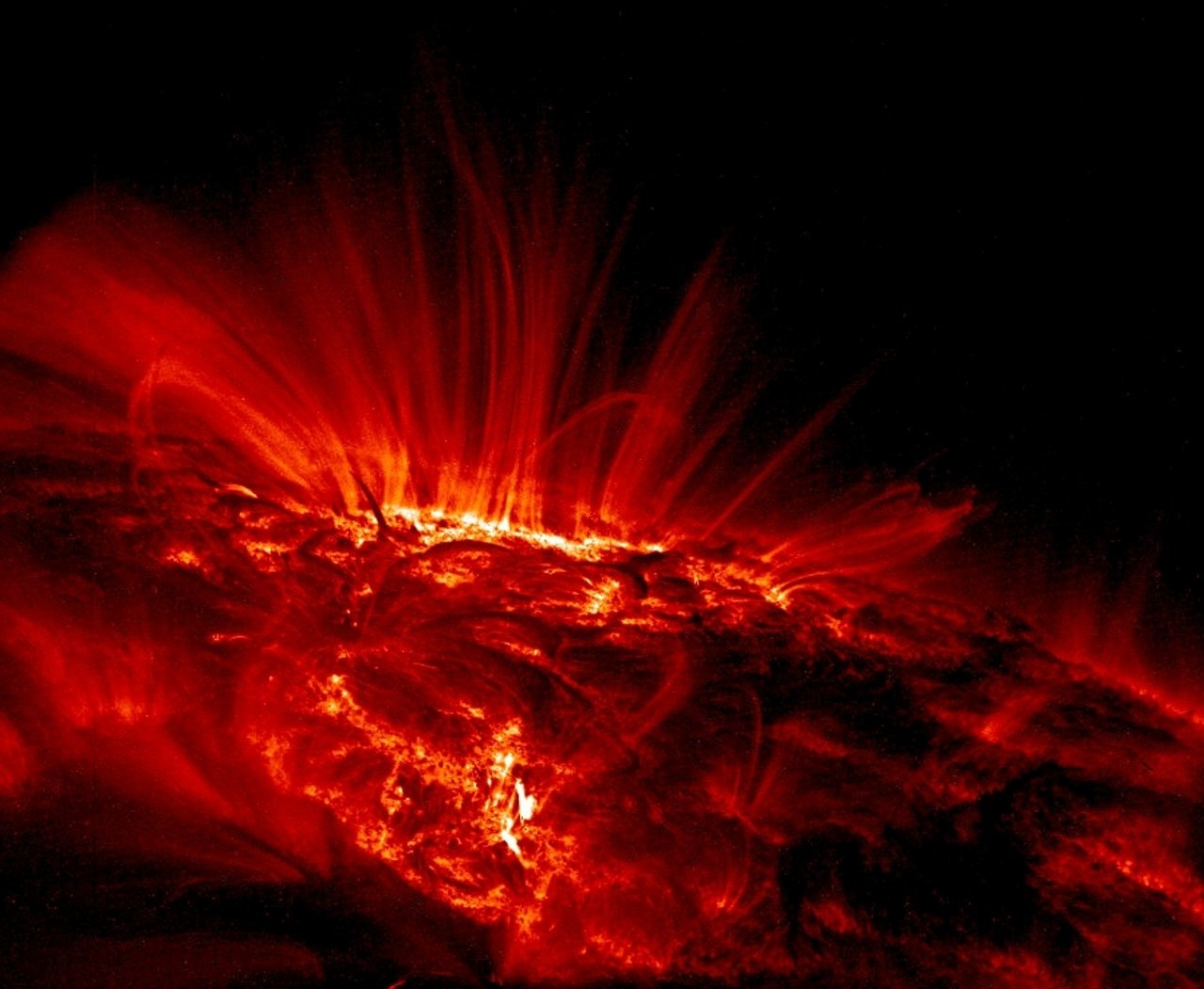
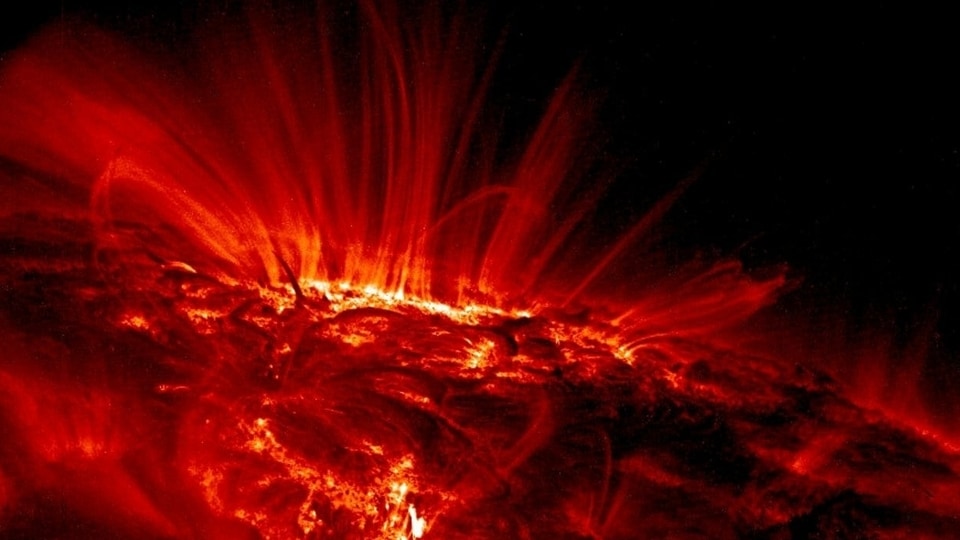


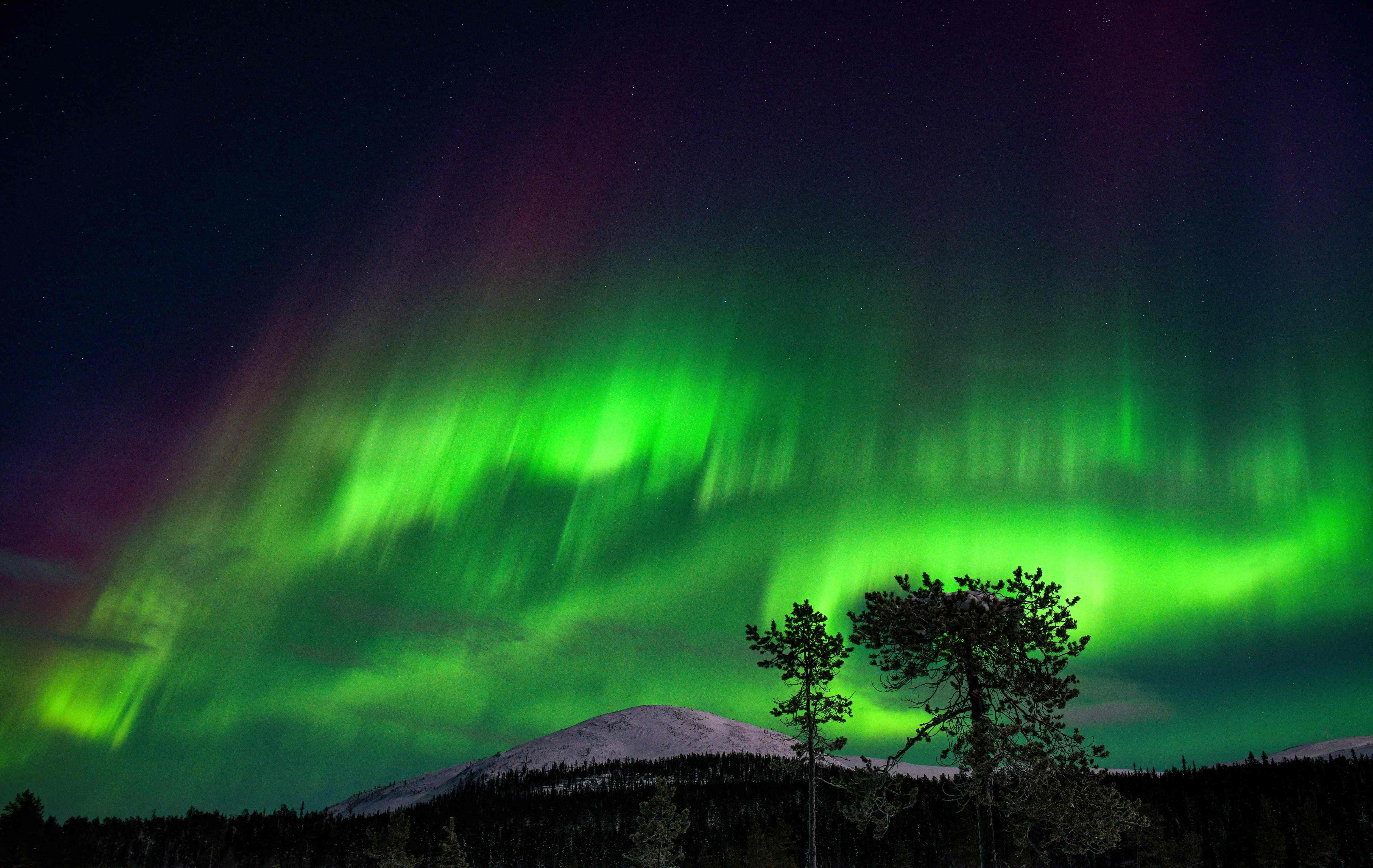
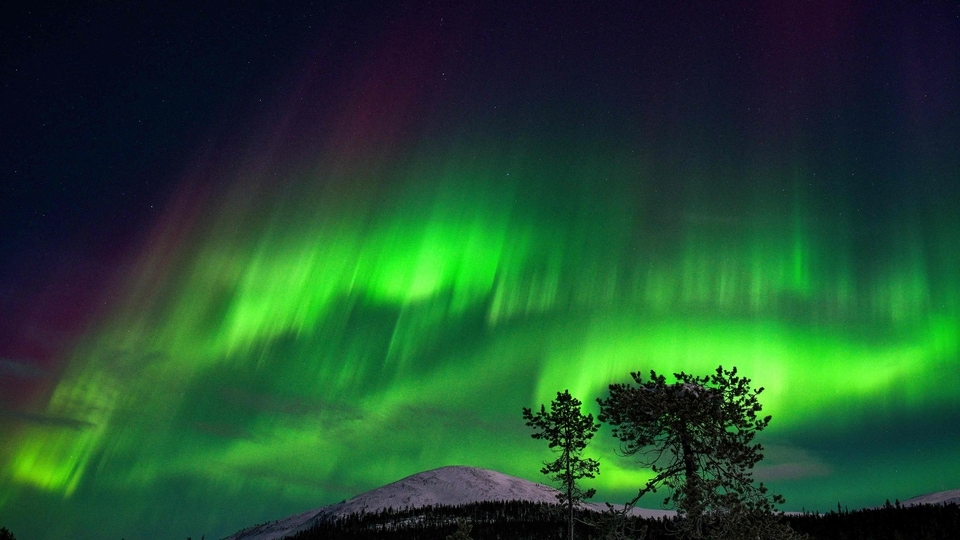
First Published Date: 26 Apr, 15:52 IST
Tags:
nasa
solar storms
NEXT ARTICLE BEGINS


